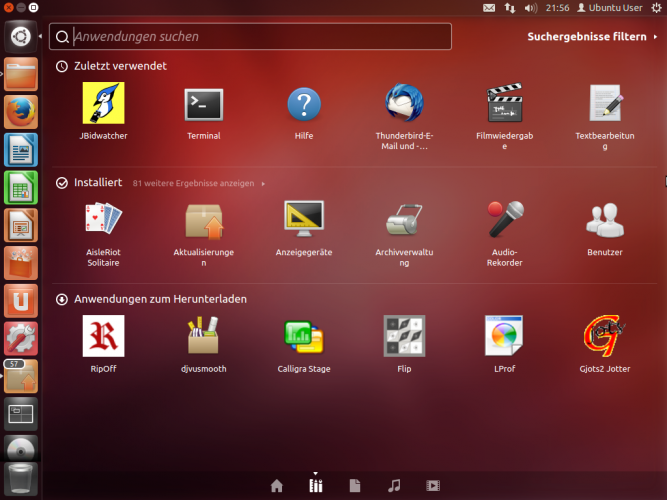

Express Tutorial Part 7: Deploying to production.Express Tutorial Part 6: Working with forms.Express Tutorial Part 5: Displaying library data.Express Tutorial Part 4: Routes and controllers.Express Tutorial Part 3: Using a Database (with Mongoose).Express Tutorial Part 2: Creating a skeleton website.Express Tutorial: The Local Library website.Setting up a Node development environment.Express web framework (Node.js/JavaScript).Express Web Framework (node.js/JavaScript).Django Tutorial Part 11: Deploying Django to production.Django Tutorial Part 10: Testing a Django web application.Django Tutorial Part 9: Working with forms.Django Tutorial Part 8: User authentication and permissions.Django Tutorial Part 7: Sessions framework.

Django Tutorial Part 6: Generic list and detail views.Django Tutorial Part 5: Creating our home page.Django Tutorial Part 4: Django admin site.Django Tutorial Part 2: Creating a skeleton website.Django Tutorial: The Local Library website.

Setting up a Django development environment.Server-side website programming first steps.Setting up your own test automation environment.Building Angular applications and further resources.Advanced Svelte: Reactivity, lifecycle, accessibility.Dynamic behavior in Svelte: working with variables and props.Vue conditional rendering: editing existing todos.Adding a new todo form: Vue events, methods, and models.Ember Interactivity: Footer functionality, conditional rendering.Ember interactivity: Events, classes and state.Ember app structure and componentization.React interactivity: Editing, filtering, conditional rendering.Understanding client-side web development tools.MathML - Writing mathematics with MathML.Performance - Making websites fast and responsive.Assessment: Accessibility troubleshooting.CSS and JavaScript accessibility best practices.Accessibility - Make the web usable by everyone.CSS property compatibility table for form controls.Adding features to our bouncing balls demo.
WHERE DOES JBIDWATCHER STORE DATA CODE
WHERE DOES JBIDWATCHER STORE DATA WINDOWS
The data for Opera (version 12.14 on Windows 7) was located underĬ:\Users\Administrator\AppData\Local\Opera\Opera\pstorage\Ī psindex.dat contained the index to the actual data files. My own computer ubuntu 14.10 with Firefox and Chrome Where does Firefox store javascript/HTML localStorage? Or as said by Kevin Hakanson: C:\Users\Administrator\AppData\Local\Opera\Opera\pstorage\

I am a bit unsure, but think this will do the trick %userprofile%\AppData\LocalLow\Microsoft\Internet Explorer\DOMStorageĪs said by OammieR: C:\Users\Administrator\AppData\Roaming\Opera\Opera\sessions\autosave.win Chrome on windows: %LocalAppData%\Google\Chrome\User Data\Default\Local Storage\Ĭhrome on linux: ~/.config/google-chrome/Default/Local Storage/Ĭhrome on mac: ~/Library/Application Support/Google/Chrome//Local Storage/Ĭommonly: ~/Library/Application Support/Google/Chrome/Default/Local Storage/ Or: ~/Library/Mozilla/Firefox/Profiles//webappsstore.sqliteĬhrome stores in separate files inside the Local Storage directory. Or: %APPDATA%\Mozilla\Firefox\Profiles\\webappsstore.sqliteįirefox on linux: ~/.mozilla/firefox//webappsstore.sqliteįirefox on mac: ~/Library/Application Support/Firefox/Profiles//webappsstore.sqlite Firefox (Windows XP): C:\Documents and Settings\\Application Data\Mozilla\Firefox\Profiles\\webappsstore.sqliteįirefox (Windows Vista and above): C:\Users\\AppData\Roaming\Mozilla\Firefox\Profiles\\webappsstore.sqlite Firefox stores localstorage in webappsstore.sqlite file in the profile folder.


 0 kommentar(er)
0 kommentar(er)
